Curved Swords vs Straight Swords: Combat, History, and Design
NO AI USED This Article has been written and edited by our team with no help of the AI
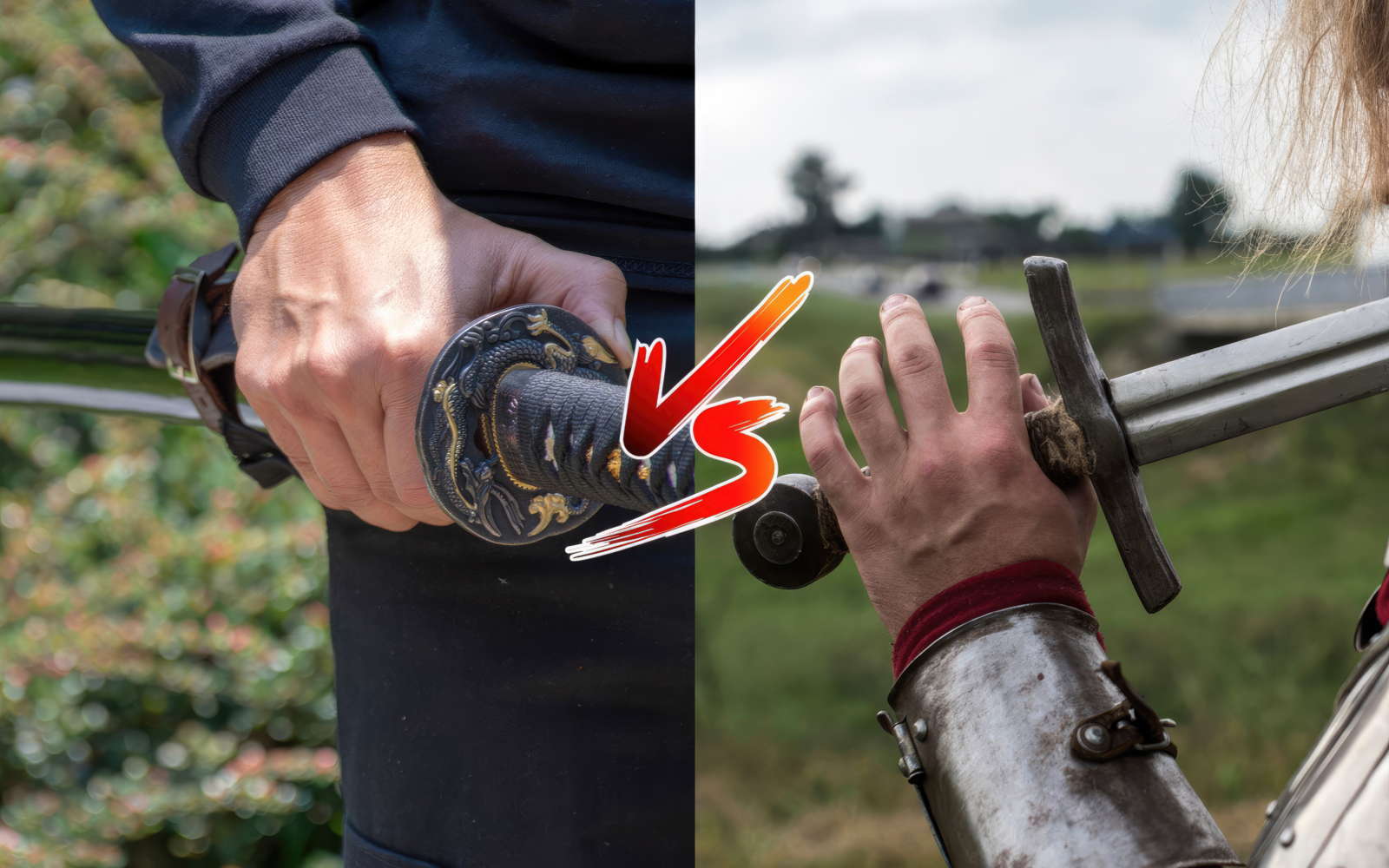
Both curved and straight swords have been crucial in weaponry, each designed for specific uses and valued across many cultures for combat and symbolism.
Curved swords, like scimitars and katanas, excel at cutting, especially in cavalry and against unarmored enemies. Straight swords, such as longswords and rapiers, are better for stabbing and effective against armor. In duels, straight swords often have an advantage due to their versatility, but not in all cases.
In this article, we’ll explore the pros and cons of curved and straight swords, their roles in battles, and their historical significance.
Curved Sword Combat and Techniques
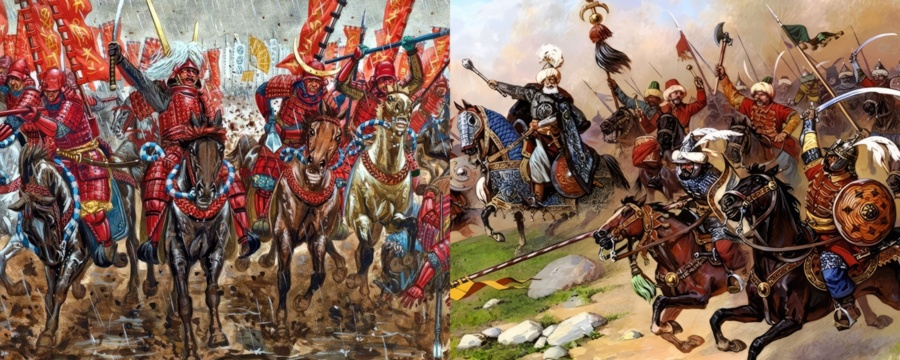
Curved swords are great for slashing because they end with one sharp edge, making it easy to hit the target. When you swing it, the way your hand moves fits well with the curve of the blade, allowing it to slide in and out of something smoothly.
Matt Easton, an expert in historical European martial arts (HEMA) who focuses on sabers, points out that curved swords are also effective at stabbing.
Advantages of Curved Swords
- Slashing, Chopping, and Slicing: Curved swords, such as the falchion or the Turkish kilij, are great for chopping. Others, like the Persian shamshir, are made for quick slicing. Swords like the katana are perfect for slashing.
- Blade Edge Alignment and Speed: The shape of curved swords ensures that the single, narrowed edge lines up correctly, allowing it to cut more effectively.
- Ease of Carriage: Curve-shaped swords are easier to carry because the tip is raised, keeping the blade from touching the ground and making unsheathing smoother.
- Effectiveness Against Unarmored Opponents: These swords are effective against enemies with little or no armor. The curve of the blade allows for powerful cuts.
- Blocking and Cavalry Use: The curved shape of the sword helps to deflect attacks. When used on horseback, the speed boosts its force allowing it to strike its target effectively.
- Easier to Master: Curved swords can be easier to master than straight ones. They’re more like everyday knives, which helps with slashing and chopping moves.
Disadvantages of Curved Swords
- Dealing with Armor: Curved swords aren’t overly effective against strong armor because they’re not designed to pierce it.
- Penetrative Strength and Weaker Thrusts: These swords aren’t as effective at stabbing as straight swords, which makes it more difficult for them to pierce armor.
Straight Sword Combat and Techniques
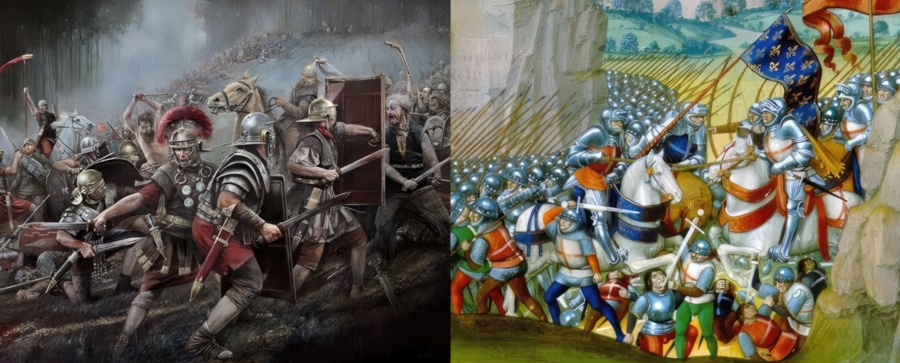
Straight swords are good for strong slashing attacks, but it’s harder to line up the blade perfectly. They are also excellent for stabbing attacks because of their pointed tip, which can easily penetrate a target.
Advantages of Straight Swords
- Versatile Attacks: It is capable of powerful slashing, chopping, and thrusting using both edges simultaneously but requires precise blade-edge alignment.
- Thrusting Proficiency: It excels at thrusting with its tapered tip, which is ideal for penetrating and exiting unarmored targets, as well as slipping through gaps in armor.
- Tactical Flexibility: Suitable against both armored and unarmored opponents on foot or cavalry and in shield formations.
- Combat Unpredictability: Dual edges and straight blade design offer unpredictability in attacks and defenses, making it formidable in duels.
- Precision and Durability: Allows for high precision, with some designs enabling half-swording techniques for targeted strikes.
- Durability: A reinforced blade core is made for powerful thrusts without breaking.
Disadvantages of Straight Swords
- Slicing Efficiency: Less natural taper for slicing.
- Skill Requirement: Higher learning curve due to the need for precise edge alignment and mastering various techniques.
- Cavalry Limitations: Generally less ideal for cavalry due to the lack of curvature.
Curved and Straight Swords in Historical Warfare
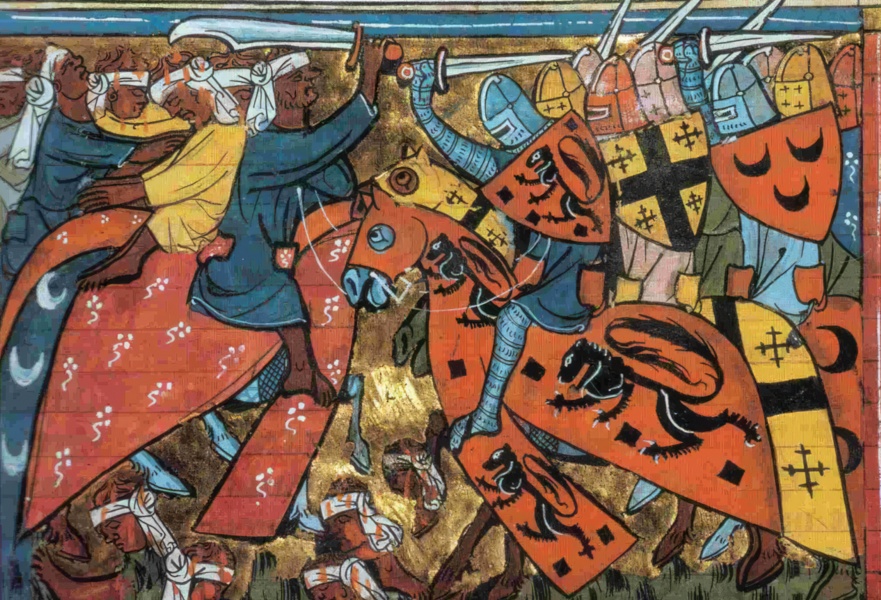
Curved swords, like the ancient khopesh from Egypt and Mesopotamia, were noticed for their slashing power. They were first used by foot soldiers and chariot riders.
After the 10th century, the Turco-Mongol saber made them popular, leading to different styles worldwide, such as the Chinese dao and the Japanese katana. These swords were mainly used on horseback against enemies with light armor. However, in Japan, they were also used by foot soldiers.
Straight swords, which evolved from daggers, were the first type of swords used. As metalworking improved, they became more common. The ancient Chinese used the jian for fighting alongside shields, while the Greeks used the xiphos. The Romans used the gladius for close fighting, showing how straight swords were ideal for both slashing and stabbing.
Cultural Significance and Modern Representation
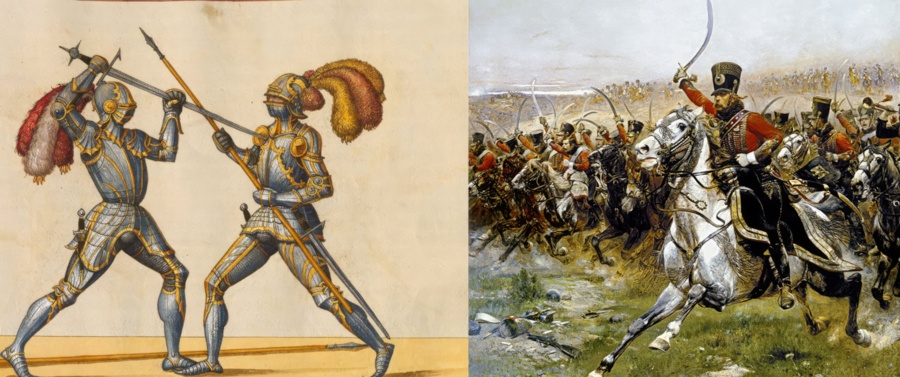
Curved swords became more popular because they were easier to use and worked well against enemies without armor. They’ve had a big impact worldwide, from Japan to the United States, and some armies still use them today.
Straight swords are famous in European myths, such as King Arthur’s Excalibur and legendary Viking swords. They also appear in Korean and Japanese tales.
In movies and games today, straight swords are often depicted as big and heavy, like the Buster Sword in Final Fantasy. Curved swords, on the other hand, are seen as quick and lethal, like in many anime and games, such as Elden Ring.
Conclusion & Duel Winner
Curved swords are great for cutting, while straight swords are best for stabbing. Straight swords work well in battle against armor, while curved swords are good for cavalry and against enemies without armor. In a dual between two people, straight swords often excel because they are capable of many different moves, surprising the opponent.

